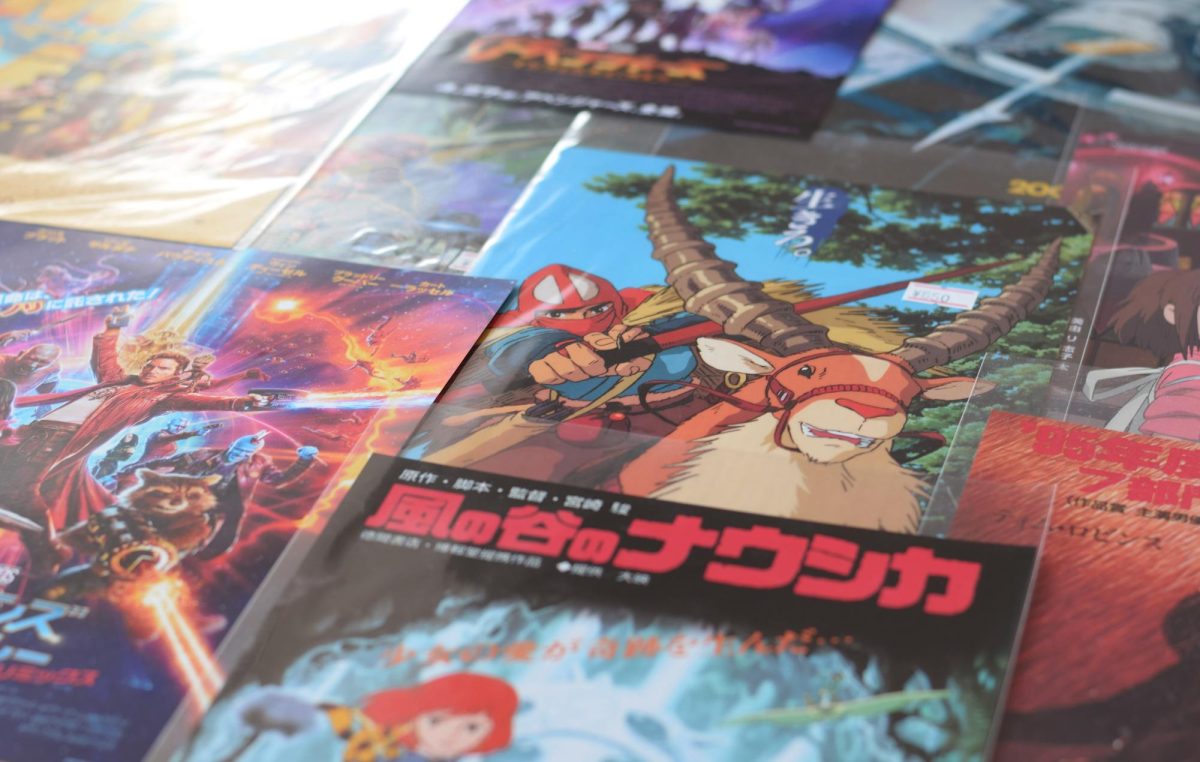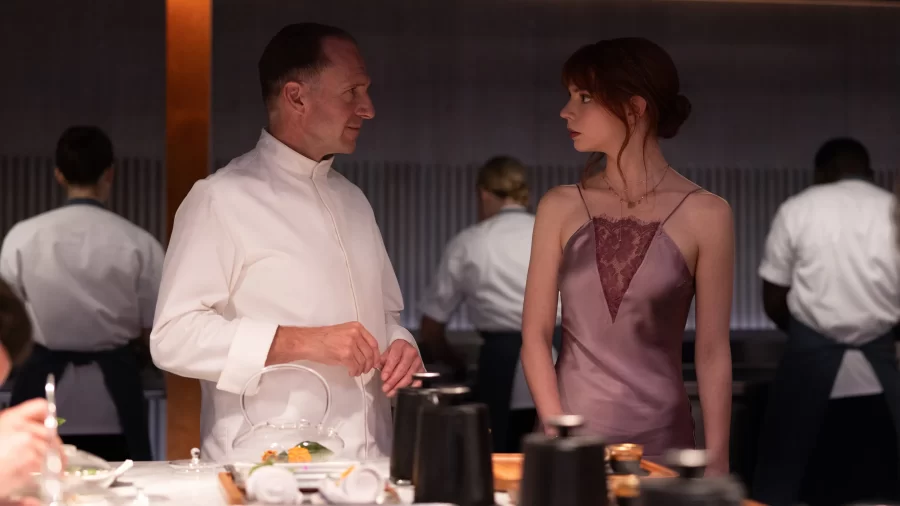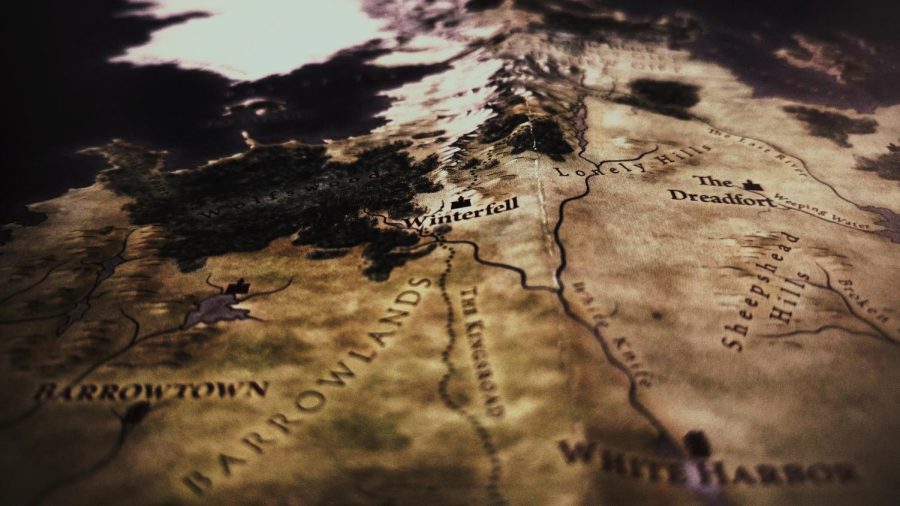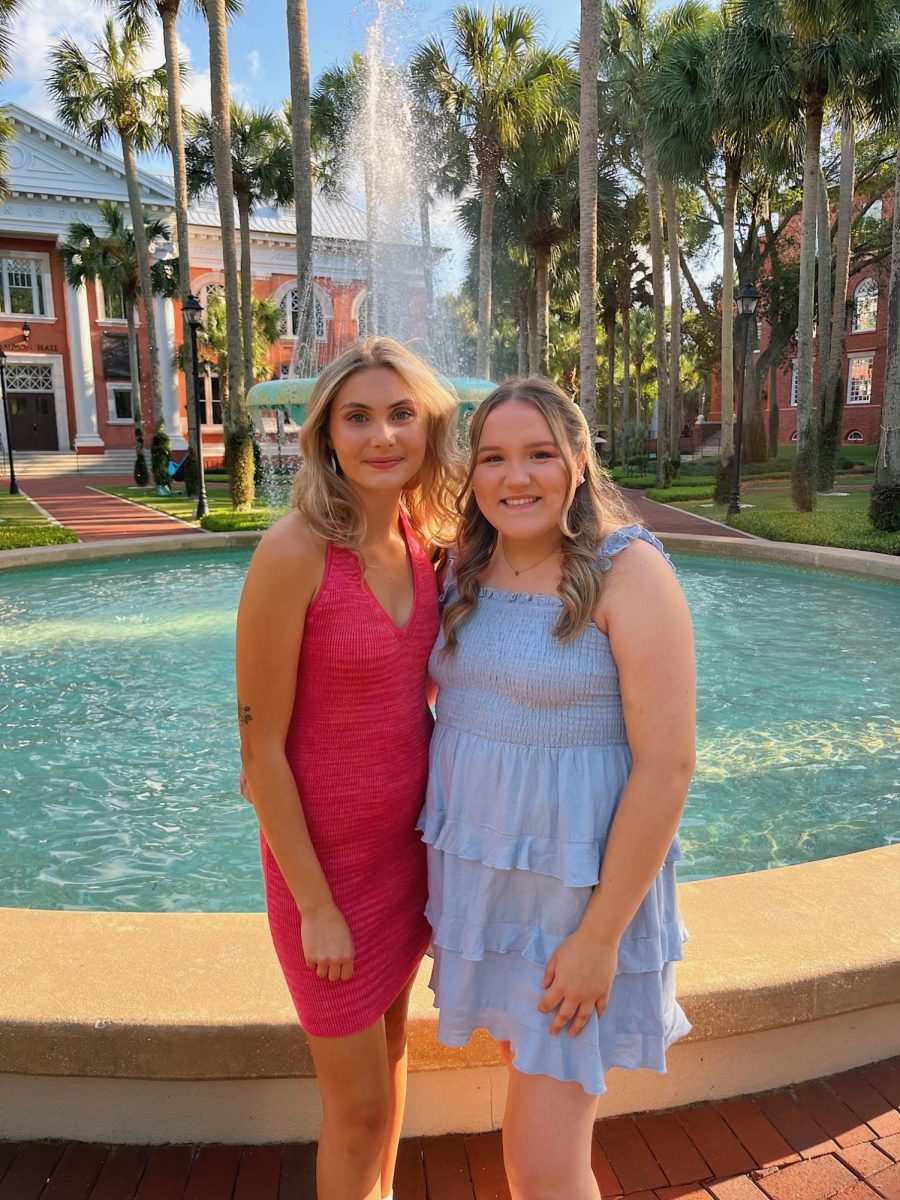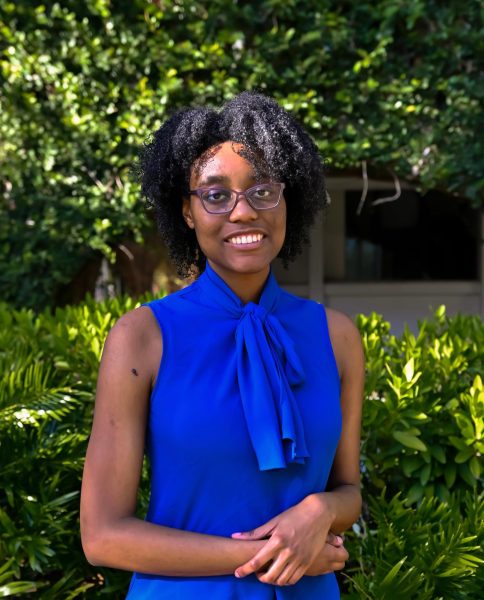As graduation season rolls around, it’s normal to remark upon how far we’ve come in their life. Whether it be the obstacles we overcame, the laughable gaffs we learned from, the ‘awkward stages’ we had in the midst of puberty, the friends we gained and lost along the way, or the ‘aha!’ moments we had when something finally hit us. With this in mind, it is no surprise that the coming of age story permeates so deep within our popular culture. These sorts of narratives are able to be understood and enjoyed by a wide audience due to how they touch upon universal human experiences of transition and growth.
- Book: “The Wednesday Wars”
In the realm of literature, there are so many coming-of-age stories to talk about, but I decided on a novel that I think is rather underrated: “The Wednesday Wars” by Gary D. Schmidt. The novel follows Holling Hoodhood, a witty boy who finds himself contending with a complicated teacher-student relationship with homeroom teacher Mrs. Baker, his architect father’s high expectations, and wacky-hijinks involving the class-pets over the course of his seventh grade year. Besides its S-tier humor, the true meat of “Wednesday Wars” comes from its backdrop being the Vietnam War. Schmidt uses Holling’s interactions with the other characters to expose how people on the homefront are affected by the war. We see the war’s exacerbation of anti-Asian sentiment through the racist treatment of Holling’s classmate and Vietnamese refugee Mai Thi, we are witness to the grief and anxiety held by those with loved ones fighting in the war like Mrs. Baker and Mrs. Bigio. We also get a front row seat to the war’s political divisiveness through dinner table arguments where lima beans get thrown between Holling’s father and his hippie older sister, Heather. Through his relationships and interaction with these people, Holling gains a deeper understanding of the world around him and himself as he becomes determined to forge a path for himself.
- Video Games: “God of War: Ragnarok”
Credit: Sony Sant Monica
The cinematic and mythology-inspired “God of War: Ragnarok” picks up some time later from where ”God of War” (2018) left off with Kratos (voiced by Christopher Judge) and his son Atreus (voiced by Sonny Suljic). In Ragnarok, Atreus is no longer just a kid sidekick attached to the hip of his father, but is instead a young adult trying to strike out on his own. Having been revealed as their take on Loki in the previous game, Atreus in Ragnarok is a playable character with his own individual storyline that follows a coming-of-age arc with the archer trying to *literally* find his own destiny by looking into prophecies related to the encroaching apocalyptic Ragnarok behind his father’s back, scavenging for pieces of a mysterious artifact with the likes of Odin (voiced by Richard Schiff) and Thor (voiced by Ryan Hurst). And, along the way, he makes friends with the likes of giantess Angraboda (voiced by Laya DeLeon Hayes), Thor’s daughter Thrud (voiced by Mina Sundwall), and Midgardian and future first king of Denmark, Skoldr (voiced by A. J. LoCascio). Atreus’s journey towards self-discovery is not without its grave blunders; he frees the monstrous Hound of Hel, gets deceived by Odin, and unwittingly puts people close to him in harm’s way. Despite this, the game pushes that Atreus needs to be able to step into his own apart from his father and Kratos needs to learn to let go of his son. This message is furthered by examples the game gives us of dysfunctional parent-child relationships that feature a controlling parent being at the root cause of their adult child’s maladjustment. The game’s depiction of Odin is a masterful yet disturbing representation of a manipulative-narcissistic parent who degrades recovering-alcoholic Thor to a sobriety breaking-point in order to maintain his control over him. In another example, we have Vanir Goddess Freya (voiced by Danielle Bisutti) doing all she can to keep up an invulnerability spell that she casted on her son Balder (voiced by Jeremy Davies) that drove him down a path of insanity due to his inability to feel anything. In both of these cases, we see children being denied a certain type of agency by their parents long after they’ve reached adulthood and being negatively affected because of that. “God of War: Ragnarok” ends with Kratos giving Atreus his blessing to go leave in search for other giants and the pair share a big heart-warming hug.
Anime: “Naruto”
“Naruto” is an anime that everyone and their mother has heard about even if they haven’t watched a single episode a day in their lives. While being very much action-based with its epic and perfectly executed fight scenes, “Naruto” is a coming of age story as it follows its young characters as they grow up and become powerful ninja warriors. Titular protagonist Naruto Uzumaki (voiced by Maile Flanagan), starts the series off as an ambitious half-pint who can’t back up his braggadocious manner at all. But Naruto doesn’t give up. In his journey to become Hokage, Naruto undergoes a grand evolution over the course of the series that sees him attain god-like power and mature into a great beloved Hokage. Naruto’s in-series growth is matched by the ones had by his fellow members of Team Seven. Initially a boy-crazy girl that stood to the sidelines during battles, Sakura Haruno (voiced by Kate Higgins) blossomed into a professional kunoichi able to pull her own weight in a fight alongside her male teammates. While there is much to be said about how female characters are treated in “Naruto” and in shonen anime in general, it can’t be said that Sakura’s growth didn’t make her impressive with her brute strength and expertise in medical ninjutsu. Sasuke Uchiha (voiced by Yuri Lowethal), the final member of the Team Seven trio and the inspiration to an entire generation of edgelords, is a very polarizing character in the “Naruto” fandom and in the anime community in general due to many finding his character development to be inconsistent and mind-boggling due to the radical shifts and shifts back that his character takes. I actually find him to be quite realistic and somewhat relatable as we can be inconsistent ourselves. Change doesn’t move in one singular direction: sometimes you go forwards or backwards, take a turn left or right, you flip and then you flop. Life is unpredictable and it can drive you in a bunch of directions, and Sasuke’s storyline demonstrates that you can never really know when things are settled for yourself. Being a coming of age story is one of the biggest reasons why “Naruto” became such a global phenomenon as the long-running series and its characters grew alongside its audience.
Cartoons: “Avatar: The Last Airbender”
Water, Earth, Fire, and Air. Taking place in a war-torn fantasy world, “Avatar: The Last Airbender” sees 12 year old Aang (voiced by Zach Tyler Elsen) and his friends navigate the globe on the back of his flying bison with the mission of saving the world from the Fire Nation’s tyranny. The main characters are young but wrestle with burdens that many adults would struggle to carry (like saving the world). As the Avatar, cheerful Aang is given the nigh-impossible task of bringing an end to 1,000 years of war in his world while contending with the horrifying reality that he is the last of his people. In contrast to Aang’s bright childishness, we have a manifestation of teenage angst in Prince Zuko of the Fire Nation (voiced by Dante Basco). He is much like Sasuke in his broodiness and troubled backstory, but Zuko is universally loved by audiences and his redemption arc is considered to be one of the greatest in television history. “ATLA” is unflinching in its depiction of war and its impact on people, which is seen best in the Water Tribe Sibling Duo, Katara (voiced by Mae Whitman) and Sokka (voiced by Jack DeSena). After their mother’s traumatizing death during a Fire Nation raid on their village, Katara underwent parentification as she assumed adult responsibilities and took up a maternal role in her family. We see the impact this had on her which caused her to take up maternal behaviors that she exhibits even when traveling on Appa (their flying bison) with Team Avatar. Meanwhile, her nonbender brother Sokka had to be the ‘man’ of the house due to her father and other men in their tribe leaving to fight in the war. This has Sokka try to emulate many masculine ideals and place so much emphasis on gender roles that he’ll spout out very chauvinistic ideals. Fortunately, Sokka has feminism beaten into him by fan-wielding warrior and love interest Suki. Aang, Zuko, Katara, and Sokka are characters that stand as a testament to god-level television writing; they can be both funny and serious, crackheads but able to rock your shit, troubled but baby girls.
- Television: “Degrassi”
Long before the era of “Euphoria,” there was “Degrassi.” “Degrassi” is to teen television what Nicki Minaj is to female rap; they may not have been the first of their kind but those who came after them certainly followed in their footsteps. Starting out in the late seventies, “Degrassi” is a franchise that boasts five different iterations of teen ensemble cast shows. Its most popular iteration, “Degrassi: The Next Generation,” starred the likes of future rap megastar Drake and Nina Dobrev of “Vampire Diaries” fame. In its heyday, “Degrassi” lived up to its tagline of “It goes there,” with many of its storylines touching upon polarizing topics like teen pregnancy, LGBTQ+ issues, domestic violence, sexual assault, and abortion. In fact, a defining moment in “Degrassi,” and probably one of the most relevant due to the on-going mass shooting crisis in America, is of Drake’s character getting shot in the back by a fellow classmate in a school shooting and becoming paralyzed from the waist down as a result. While pushing an envelope that future teen dramas would go on to push even further, “Degrassi” never forgot that the characters were still high school kids, and thus performed a balancing act of having mature melodrama and highschool hijinks.
Movies: “Turning Red” (2022)
One of the more recent Pixar films, Disney’s “Turning Red” (2022) is about spunky Chinese-Canadian Meilin ‘Mei’ Lee (voiced by Rosalie Chiang) who gains the ability to turn into a giant red panda due to a hereditary curse that affects the women in her family. The film quickly became the center of heavy online discussion when it exploded onto the scene. These discussions ranged from decrying the inappropriateness of the film’s focus on menstruation to claims that the film celebrates kids disobeying their parents to complaints about how ‘cringy’ the film was in its depiction of teenage girls. Much of the discourse around this film was very gendered and that becomes especially significant as “Turning Red,” is the first Pixar feature film to be solely directed by a woman. Domee Shi, the director in question, drew inspiration for “Turning Red” from animes like “Sailor Moon” and “My Neighbor Totoro,” other coming-of-age works like “Wendy Wu: Homecoming Warrior,” real-life red pandas in zoos, and from her own adolescence. Besides Shi, “Turning Red’ had a lot of women working behind the camera, which means that this was made from the female-perspective. More specifically, it was made from the teenage girl perspective as “Turning Red” relishes in its display of unabashed girly tweenhood with Mei and her squad of besties obsessing over boybands, swooning over attractive boys, reading trashy vampire novels, beefing with the annoying boys in their class, realizing that maybe you should be more direct with your mom, and directly referencing menstruation by showing pads and tampons on-screen. It is for these reasons that “Turning Red” has found itself aggravating some audiences and why it is relevant to what is happening in Florida today. Right now, the federal and Florida government seem to be doing all they can to disempower the younger generations from the banning of books in Florida schools, to Arkansas rolling back laws that protected youth from being exploited, to Congress pushing for a ban on TikTok (used by many young people as a means of organizing politically and getting information on global events not being shown on TV news), to the announcement of a legislative bill in Florida that would ban any discussion of periods in elementary schools. “Turning Red” is a special coming of age tale that imagines an alternative reality that stands in deep and direct contrast to the one being lived in this very moment in time.


